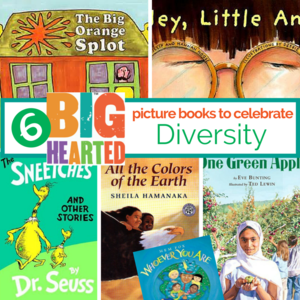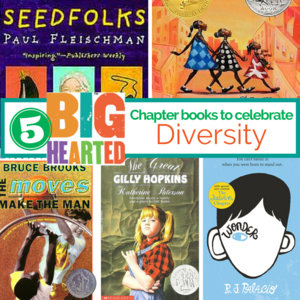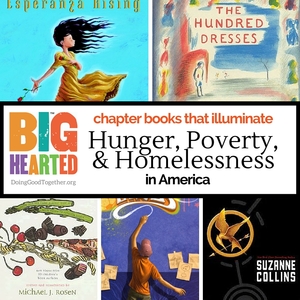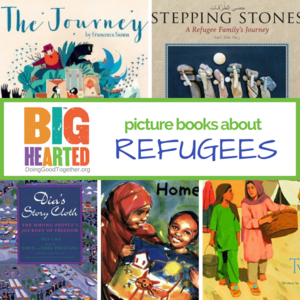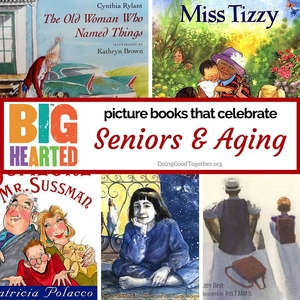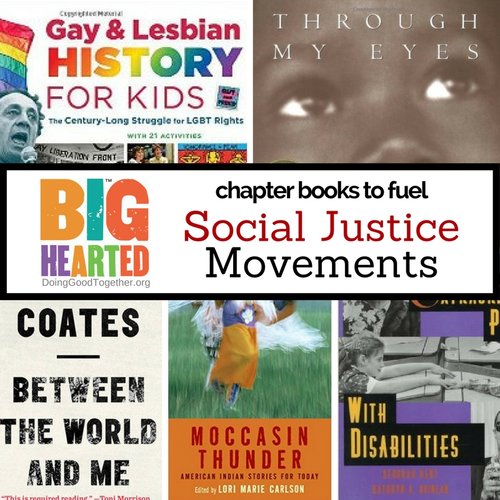6 MYTHS TO HELP YOUR KIDS UNDERSTAND – AND BUST
Myths and stereotypes about groups of people can be enormously damaging both to individuals and to society. They can make us wary of others, and cause us to make inaccurate and destructive judgments about people's capabilities. If we are stereotyped, it can undermine our belief in ourselves. Even if parents do their best to avoid buying into the misconceptions that abound in our culture, our children are absorbing them at a startlingly early age. Here are a few of those damaging (and erroneous) assumptions -- with tips on how to provide children with a counter narrative.
-Jenny Friedman, Executive Director
BEYOND MYTHS AND STEREOTYPES
Make a Difference...
1. Myth: Older adults are sad, lonely and less competent than younger adults.
Facts: Seniors are a diverse group. Most are self-sufficient, with time and talent to offer others.
How to debunk the myth: Encourage intergenerational friendships. Children who spend time with grandparents or other older adults have more positive views of aging and the life cycle. Explain what seniors can offer all of us: life long wisdom, experience, mentoring, stories.
2. Myth: Immigrants bring crime and violence.
Facts: According to a 2018 study in the Annual Review of Criminology, most researchers have found no association between immigration and crime. When a correlation was found, greater immigration was linked with lower crime rates.
How to debunk the myth: Describe your own family's story about coming to this country, emphasizing that we are a nation of immigrants. Talk about why families come here, how we can make them feel welcome, the challenges they face, and the importance of taking action on their behalf. If you have older children, discuss other immigration misconceptions and put the debate in historical perspective.
3. Myth: People with mental illness are scary and often violent.
Facts: The vast majority of people with mental health problems are no more likely to be violent than anyone else. More often, they are the victims of violence.
How to debunk the myth: If friends or family members are struggling with mental illness and the topic comes up, answer your child's questions honestly and matter-of-factly. It might help to compare the person's struggles to the trials of physical illness. Help your child understand that mental illness isn't something a person can "get over," but that there are treatments available.
4. Myth: Men are smarter than women. Also, girls are vulnerable, while boys are strong and independent.
Facts: The variations among individual members of each gender are far greater than any differences between men and women.
How to debunk the myth: Point out when you see gender stereotypes, such as journalists describing the appearance of a woman but not a man. Mention examples that defy stereotypes, such as the San Antonio Spurs recent hiring of a woman assistant coach. Select media that portrays positive and strong images of girls and shows boys being compassionate, kind and expressing feelings.
5. Myth: People with disabilities are helpless and to be pitied.
Facts: People with disabilities have lives like other people's. They go to school and work, play, have fun, get married, and have children.
How to debunk the myth: Let your children know that it's fine to be curious about people who are in a wheelchair, have hearing aids, or use a service dog. Use respectful terminology and emphasize the similarities people with disabilities share with everyone else. Point out that all of us have strengths -- and struggles.
6. Myth: People living in poverty are unmotivated and have a poor work ethic.
Facts: The Economic Policy Institute reports that most of those people living in poverty who can work, do work. In addition, working adults who are poor spend more hours working each week than wealthier people.
How to debunk the myth: Watch this short video with your children to better understand poverty and hunger from one child's point of view. Share stories about anti-poverty work and the heroes advocating for income equality, and talk about how you can help. Teach your children that poverty is often beyond someone's control, as when a flood takes their home, or an injury prevents them from working.
EMPOWERING CRITICAL THINKING
Talk About It...
Help children defy stereotypes and debunk myths with these strategies to encourage critical thinking.
- Ask open-ended questions. ("Why do you think that person doesn't know English?" "How do you think people can become homeless?")
- Point out examples (in the media, among people you know, in books) that defy stereotypes.
- Promote empathy in your children's thinking. Help children imagine the world from another person's point of view. ("How do you think it would feel to move from another country and not know the language?")
- Encourage kids to ask questions. Foster curiosity and learning.
- Talk openly about bias and how it can influence our behavior and judgments. ("When girls believe they're not as good at math as boys, it actually makes them do less well on math tests.")
Learn About It...
One powerful way to counteract misconceptions and stereotypes is to read books with your children that have positive and nuanced portrayals of often-stereotyped individuals. Check out these DGT Read with Empathy collections:
- Picture and chapter books about Diversity.
- Picture and chapter books about Hunger, Homelessness and Poverty.
- Picture books about Refugees.
- Picture and chapter books about Seniors and Aging.
- Books about disabilities and disability rights.
- Chapter books to fuel social justice movements.
INSPIRATION
The problem with generalizations and judgments, the words we hurl as insults, is that they deny our humanity and our stories.
-Marti Noxon, American television and film writer







